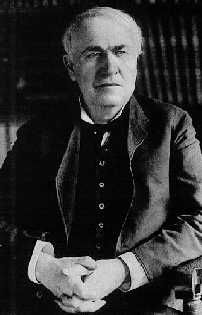PBS’s “Electric Nation”
The PBS special “Electric Nation” is a reasonably fair-minded and certainly non-hysterical treatment of the various modes of how we in the U.S. generate electricity. Personally, had I written the show, I would have been quite a bit more hysterical, emphasizing the utter insanity of our business-as-usual approach to fossil fuels and our failure to form a workable energy policy, even in the face of:
• Global climate change
• Ocean acidification
• Peak oil
• Empowering terrorist and other anti-American regimes
• Escalating rates of lung disease
Yet they were good enough to quote Thomas Edison’s famous simile regarding our shortsightedness when it comes to energy:
“We are like tenant farmers chopping down the fence around our house for fuel when we should be using Nature’s inexhaustible sources of energy–sun, wind and tide.”




 A reader sent me this article in
A reader sent me this article in 
 With all our recent discussions on
With all our recent discussions on